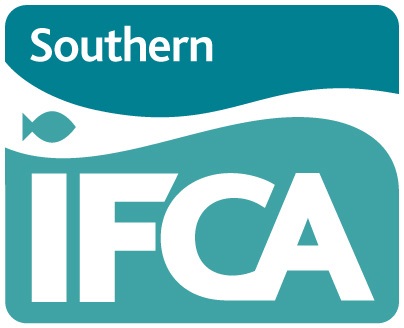Pot & Trap Fisheries
Pot and trap fishing have been a key part of the South Coast’s history for generations. In the Southern IFC District we have more than 220 fishers who use pots or traps commercially in the District. The largest pot fishery targets whelks, a marine mollusc, and uses small, often round, baited pots. Whelks are targeted mostly in the first half of the year from January to June. Larger D shaped parlour pots with hard circular or soft netted entrances are used to target brown/edible crab, and/or european lobster. Edible crab are targeted all year around, whilst lobsters are caught mainly during the summer. In the spring from April to June some fishers also target cuttlefish using cuttlefish traps. These are large and round, with fingered entrances.
In 2021 more than 2,105 tonnes of fish were caught using pots in ICES areas 29E7, 30E8 and 30E7 at a value of £3.9 million1 . This was comprised almost entirely of the four main species caught using this technique: 1,767 tonnes of whelk, 253 tonnes of brown crab, 54 tonnes of lobster and 15 tonnes of cuttlefish.
Whelk fishing occurs mainly in sandy bays such as Poole Bay, Lyme Bay and the Solent. Crab and lobster fishing occurs over or near to rocky ground. Predominantly this is found in Lyme bay, along the Purbeck Coast, and South of the Isle of Wight. Cuttlefish are caught during their spawning period, because cuttlefish die soon after spawning. Cuttlefish prefer areas near to sediment to spawn but need substrate such as rocks to attach their eggs to. Most of the District’s cuttlefish pot fishing occurs within the Solent.
1 Data recieved from the Marine Managment Organisation, 2022. ICES Rectangles 29E7, 30E7 and 30E8 cover the majority of the Southern IFC District and some areas outside.
